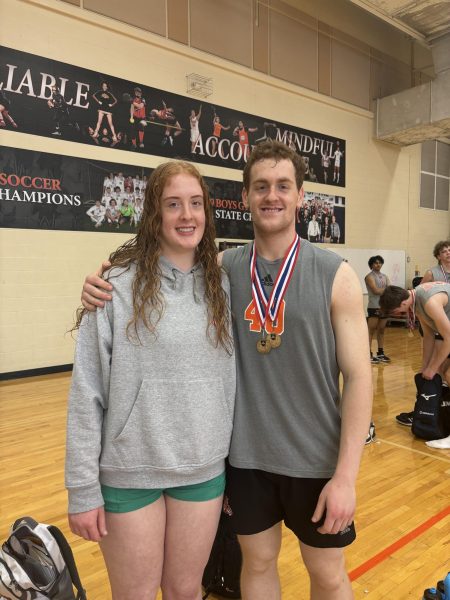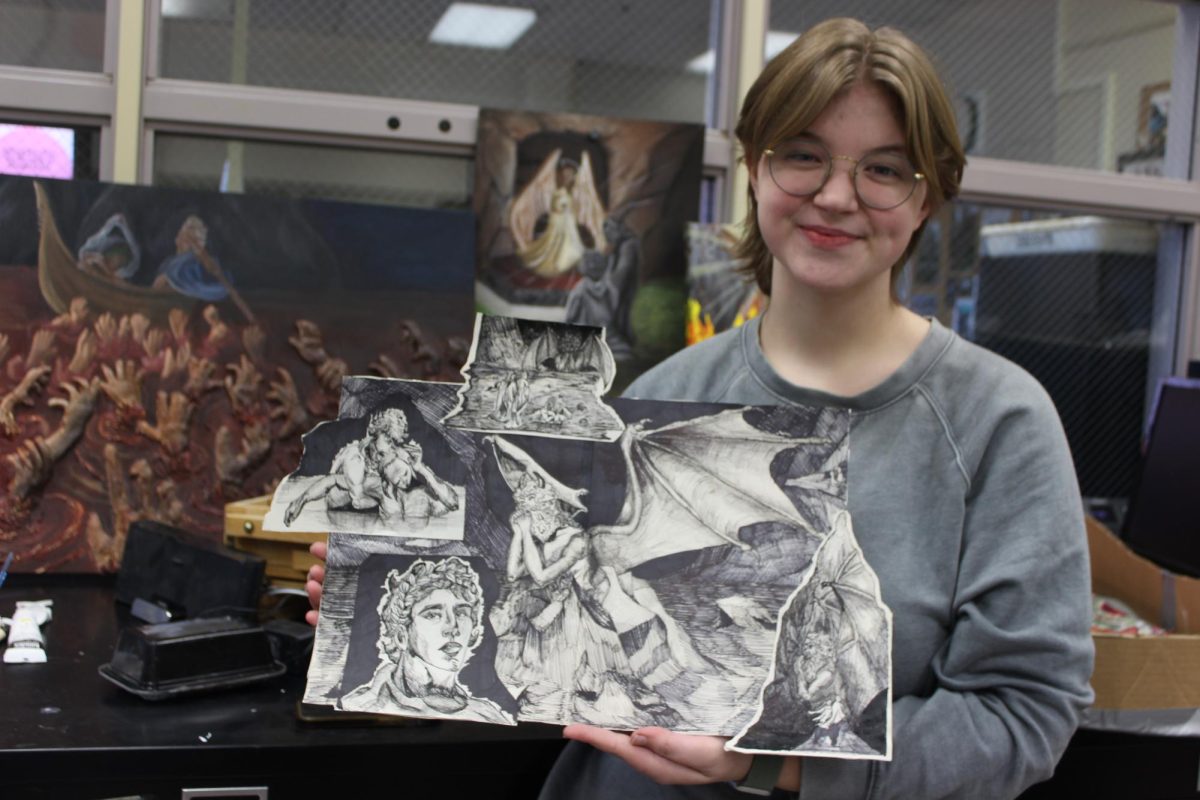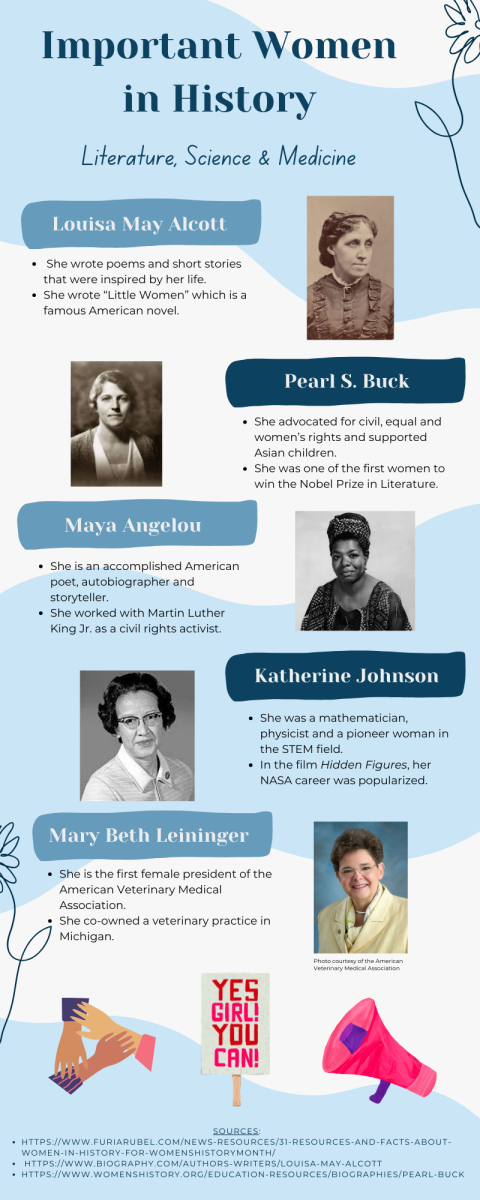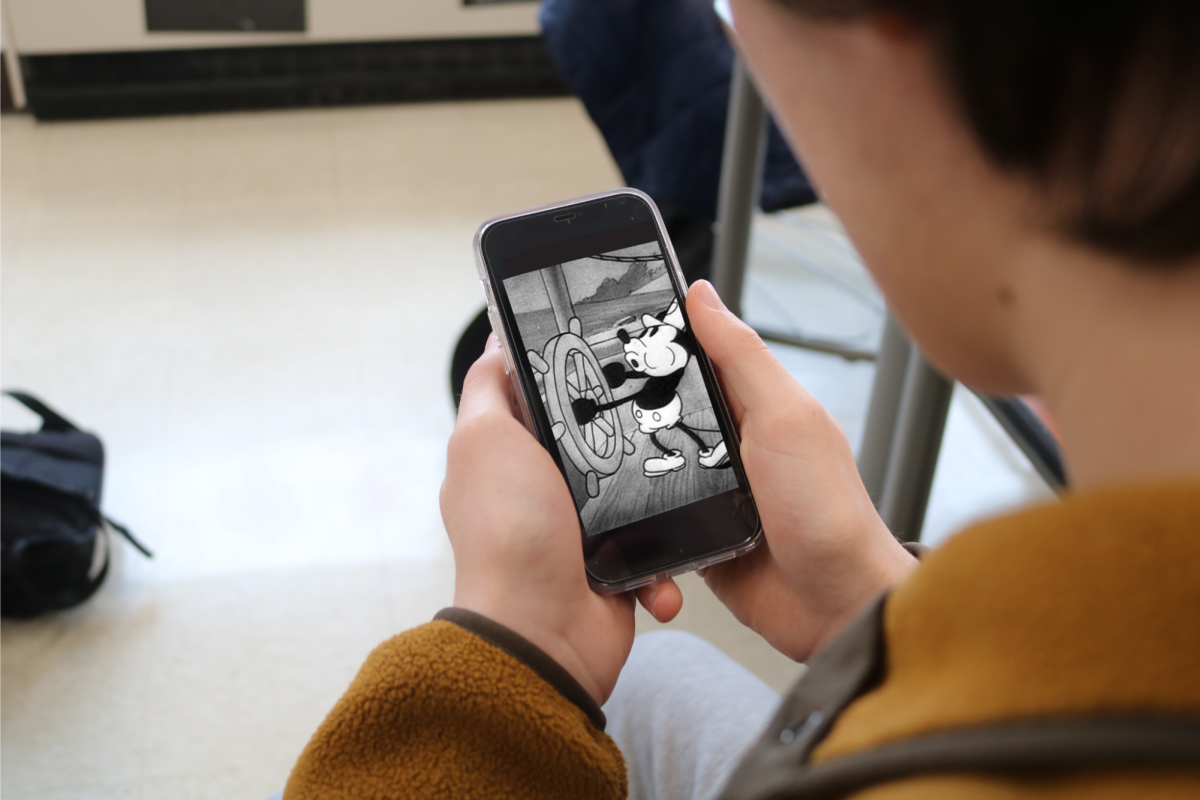From together at birth to walking side by side in the high school halls, twins can often be seen as a unit. But this isn’t always the case. Often, despite being together for a majority of their lives, twins also can find themselves down different paths in terms of interests and personalities. But exactly how does being a twin shape who you are?

Molly and Carter Schlitt
Freshmen twins Molly and Carter Schlitt grew up with a close relationship, often sharing the same classes in middle school despite the school wanting them to be more apart. They often shared a lot of the same friends.
Being girl-boy twins also allows for less competiveness in terms of their friends, allowing them to each have their own circle of friends, but also being able to mix friends.
People often say that twins, often identical, have a special understanding of each other, often being able to understand each other without words. In terms of Molly and Carter as fraternal boy-girl twins, they can often tell what each other are thinking in terms of body language, such as when the other person is mad.
“We spend so much time together that if she were to tell me about a person or something like that, and if I noticed she had this feeling about something, like a person…if I see her in class [for example], then I can tell how she’s feeling because we are that close,” Carter Schlitt said.
Having the opposite gender as a twin can open up the other to new issues that the opposite gender faces, as well as new perspectives.
“I think I’m a lot kinder to the guys, and [when] my friends and I are talking about guys, I’ll give them more of a perspective,” Molly Schlitt said.
For Molly, she’s also learned a lot from her brother in terms of him putting effort and hard work into his sports and his overall drive.
In terms of Carter, having a girl twin has allowed him to expand socially.
“I feel like I was pretty awkward, and having a twin that’s a girl helped me get out of my comfort zone more because I wasn’t just talking to boys,” Carter Schlitt said. “I was able to speak out more than I think I would have if I just had a boy [twin].”
Looking into the future, Molly and Carter Schlitt feel that they’re always going to be close, even if on total opposite ends of the country, as they’re both going to go through life in the same stages at the same time.
“I think we’ll still communicate a lot,” Molly Schlitt said. “I think we’re still going to find out what’s going on in each other’s lives and try to be a part of it.”

Grace and Jordan Coughlin
Growing up, Grace and Jordan Coughlin always were close as well, and, in a way, it was forced upon them, they found. They also have an older sister who is a sophomore in college, and in terms of Grace’s relationship with her, she didn’t get close with her until she was off in college.
The twins were especially close in terms of sports. When they were younger, they played baseball and soccer together.
“We’ve played the same position in volleyball for a couple of years now,” Grace Coughlin said. “We used to even play at the same volleyball club as well.”
In terms of having a twin, there are ultimate advantages and disadvantages. For the Coughlin twins, they know that they always have someone to rely on, such as a shared class. But often twins can have the pressure of comparison and being viewed a certain way by outside people, whether close family members or strangers.
“Whether it’s grades, athletics, like, pretty much anything, you’re compared,” Grace Coughlin said. “It’s just what’s gonna happen.”
But as much as twins have the pressure of how they’re viewed on the inside, twins themselves have the chance to form a relationship with each other that’s different from any other.
“Take advantage of it,” Grace Coughlin said. “It’s so underrated. I would say it’s like having a built-in best friend, essentially.”






![Mr. Scott Brzezinski poses for a photo while working at ShurWay Moving in Libertyville where his cousin Mr. Eric Brzezinski also works. He appreciates that LHS prepares students for their future by providing a variety of opportunities. “[There are] a lot of different resources that LHS has between colleges and counselors,” he said. (Photo courtesy of Mr. Scott Brzezinski)](https://www.lhsdoi.com/wp-content/uploads/2025/02/Mr.-Scott-Brzezinski-Photo-2-1200x1200.jpg)
